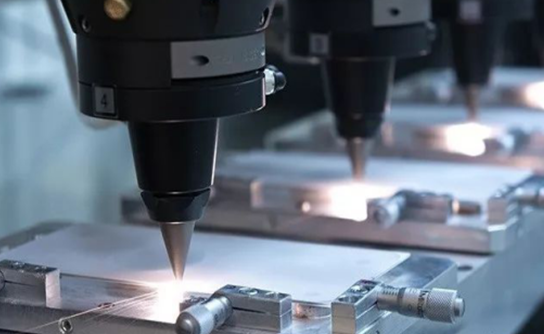
- English
- Español
- Português
- русский
- Français
- 日本語
- Deutsch
- tiếng Việt
- Italiano
- Nederlands
- ภาษาไทย
- Polski
- 한국어
- Svenska
- magyar
- Malay
- বাংলা ভাষার
- Dansk
- Suomi
- हिन्दी
- Pilipino
- Türkçe
- Gaeilge
- العربية
- Indonesia
- Norsk
- تمل
- český
- ελληνικά
- український
- Javanese
- فارسی
- தமிழ்
- తెలుగు
- नेपाली
- Burmese
- български
- ລາວ
- Latine
- Қазақша
- Euskal
- Azərbaycan
- Slovenský jazyk
- Македонски
- Lietuvos
- Eesti Keel
- Română
- Slovenski
- मराठी
- Srpski језик
From induction cookers to washing machines: application analysis of trimming technology
2024-09-06
Trimming process is a key processing technology in manufacturing. It is mainly used to accurately trim and process the edges of materials to ensure that the final product meets the design requirements and has the required functionality and aesthetics. In modern manufacturing, trimming process is widely used in many fields, including induction cooker panels, washing machine control panels, etc. This article will explore the application of trimming process in these products and expand to other related fields.
1. Trimming process in induction cooker panel
Induction cooker panels are usually made of glass ceramics or tempered glass. These materials need to be trimmed during processing to ensure that the edges of the panel are flat and smooth, so as to better match the furnace body and avoid sharp edges from causing harm to the user.
Key points of the process:
Cutting method: The trimming of the induction cooker panel usually adopts laser cutting or water jet cutting technology. These technologies can provide high-precision cutting effects, ensuring smooth and flawless edges.
Laser cutting: Using a laser with a power of 1000 to 3000 watts (W), the cutting accuracy is usually ±0.1 millimeters (mm), which is suitable for thinner panels.
Water jet cutting: Suitable for thicker glass, the commonly used water pressure is 4000 to 6000 bar, and the accuracy is ±0.2 mm.
Post-processing: After cutting, the edge of the panel needs to be ground to remove possible sharp edges and tiny cracks to avoid affecting the appearance and safety of the product.
Quality inspection: The panel after edge trimming needs to be strictly inspected to ensure that its dimensional accuracy and edge quality meet the standards.
Application effect:
Aesthetics: The smooth edges enhance the appearance of the panel, making it more modern and high-end.
Safety: Removing sharp edges can effectively reduce the risk of injury to users and improve safety.


2. Edge trimming process in washing machine control panel
Washing machine control panels are usually made of plastic, metal or composite materials. The edge trimming process is also crucial in this application, mainly to ensure that the edge of the panel can accurately fit the casing and does not cause safety hazards to users.
Process points:
Cutting technology: The edge trimming of the washing machine control panel can use stamping dies, laser cutting or CNC (computer numerical control) processing technology. These methods can effectively handle complex edge shapes and details.
Edge processing: The edge processing steps include deburring, grinding and polishing to ensure that the edges are smooth and meet the design requirements.
Assembly fit: The panel after trimming needs to be assembled and tested to ensure the accuracy and reliability of the fit with the washing machine casing.
Application effect:
Durability: Through precise trimming, the control panel can better fit with the washing machine casing and improve the overall durability of the product.
User experience: The smooth edge improves the comfort of user touch and operation, while also reducing the safety issues that may arise due to improper edge processing.
3. Other application areas of trimming process
In addition to induction cooker panels and washing machine control panels, trimming process is also widely used in many other fields, including:
Automotive manufacturing: In automotive manufacturing, trimming process is used to process the edges of body panels and interior trims. Precise trimming can ensure the assembly accuracy and appearance quality of components, while improving the safety and durability of vehicles.
Electronic products: In the production of mobile phones, computers and household appliances, trimming process is used to process the edges of screen panels, casings and other components. The edge processing of these components is essential to improve the aesthetics and user experience of the product.
Furniture manufacturing: The trimming process is used to process the edges of furniture, such as tabletops, cabinet doors and drawer fronts. Precise trimming not only improves the appearance of furniture, but also increases its durability and safety.
Packaging industry: In the production of packaging materials, the trimming process is used to process the edges of cardboard, plastic film and other packaging materials. This ensures the neatness and sealing of the packaging materials, thereby improving the protection effect of the product.
Final
The trimming process plays a key role in ensuring product quality, functionality and safety. From induction cooker panels to washing machine control panels, to automotive manufacturing and electronics, precise edge trimming can significantly improve product performance and user experience.



